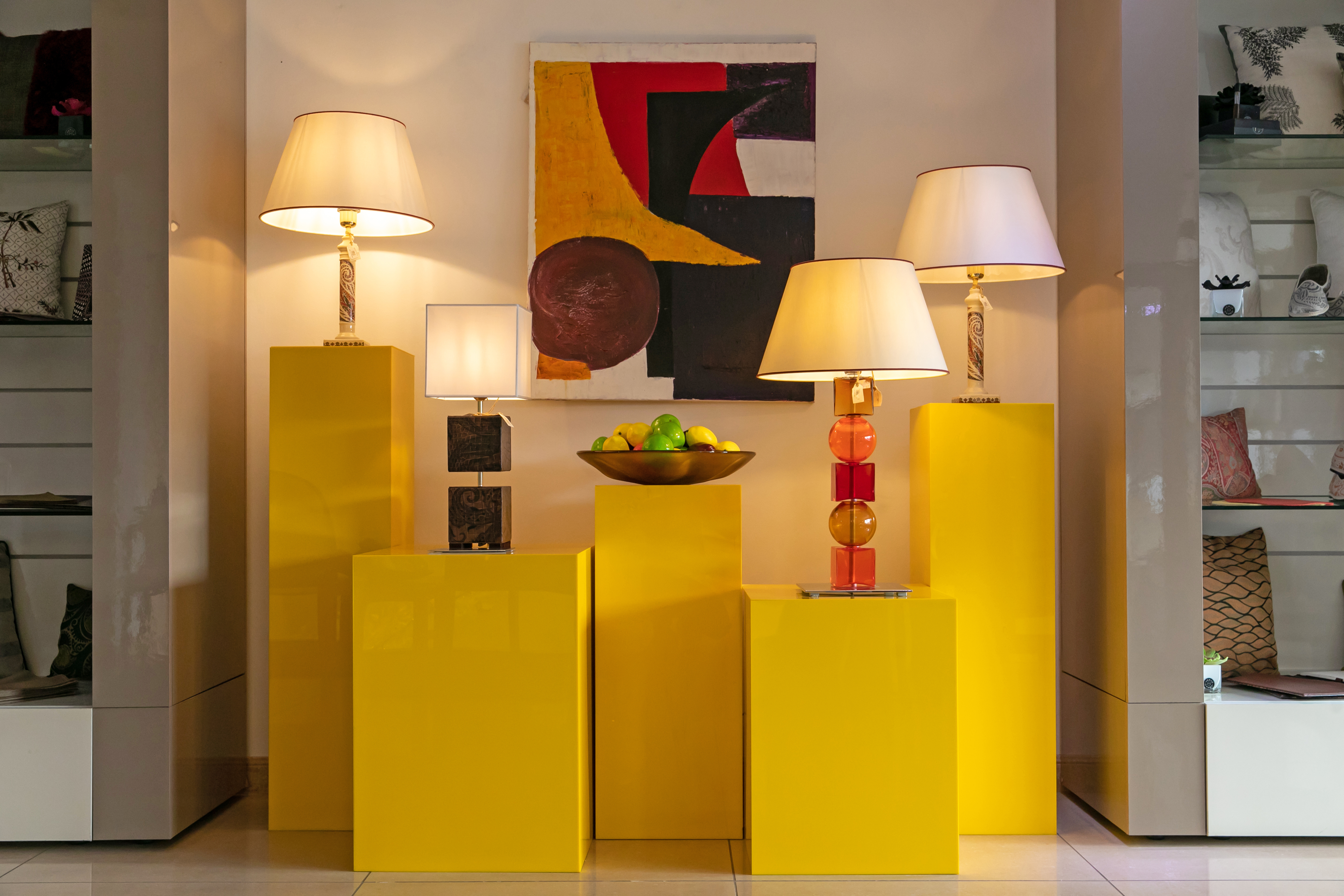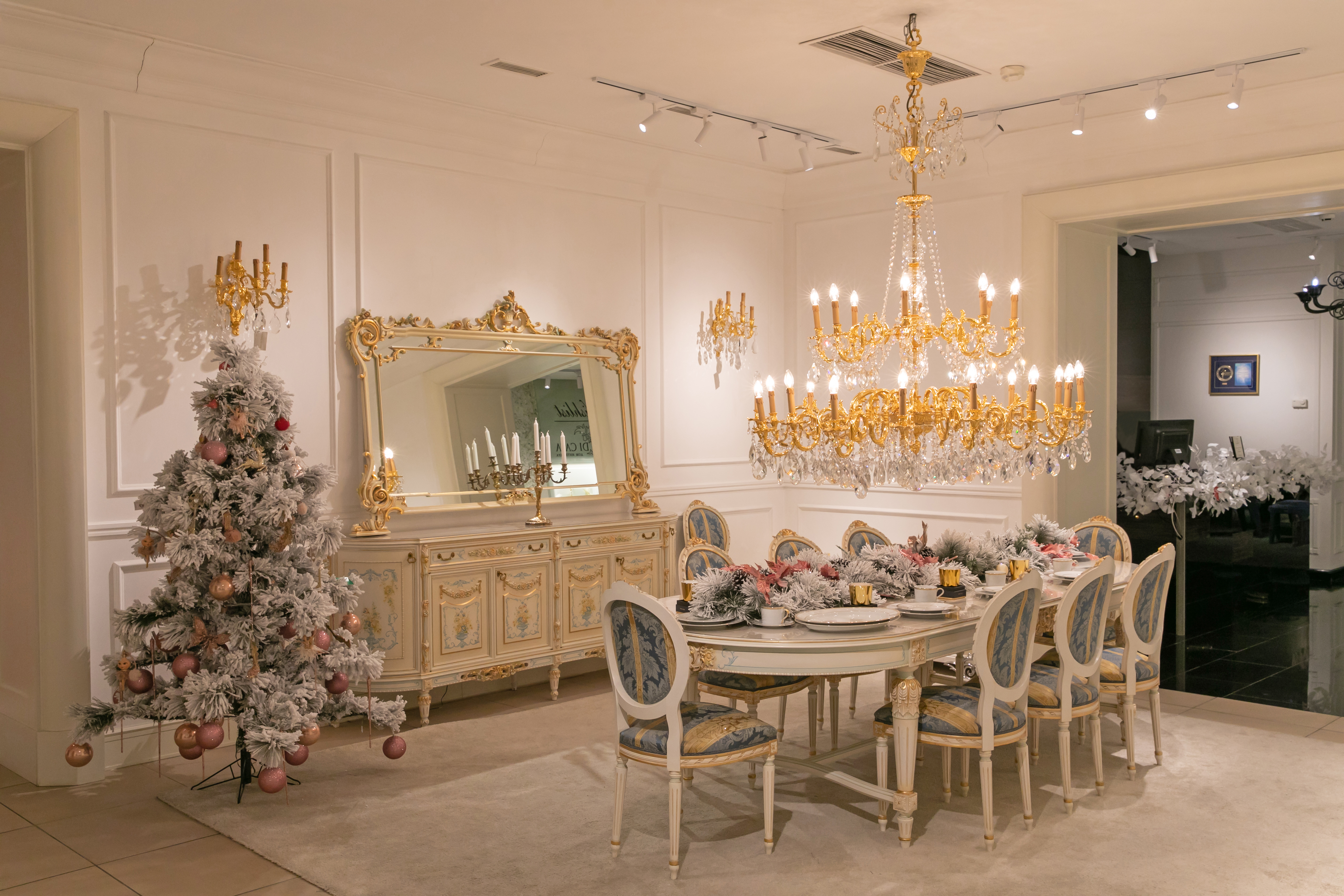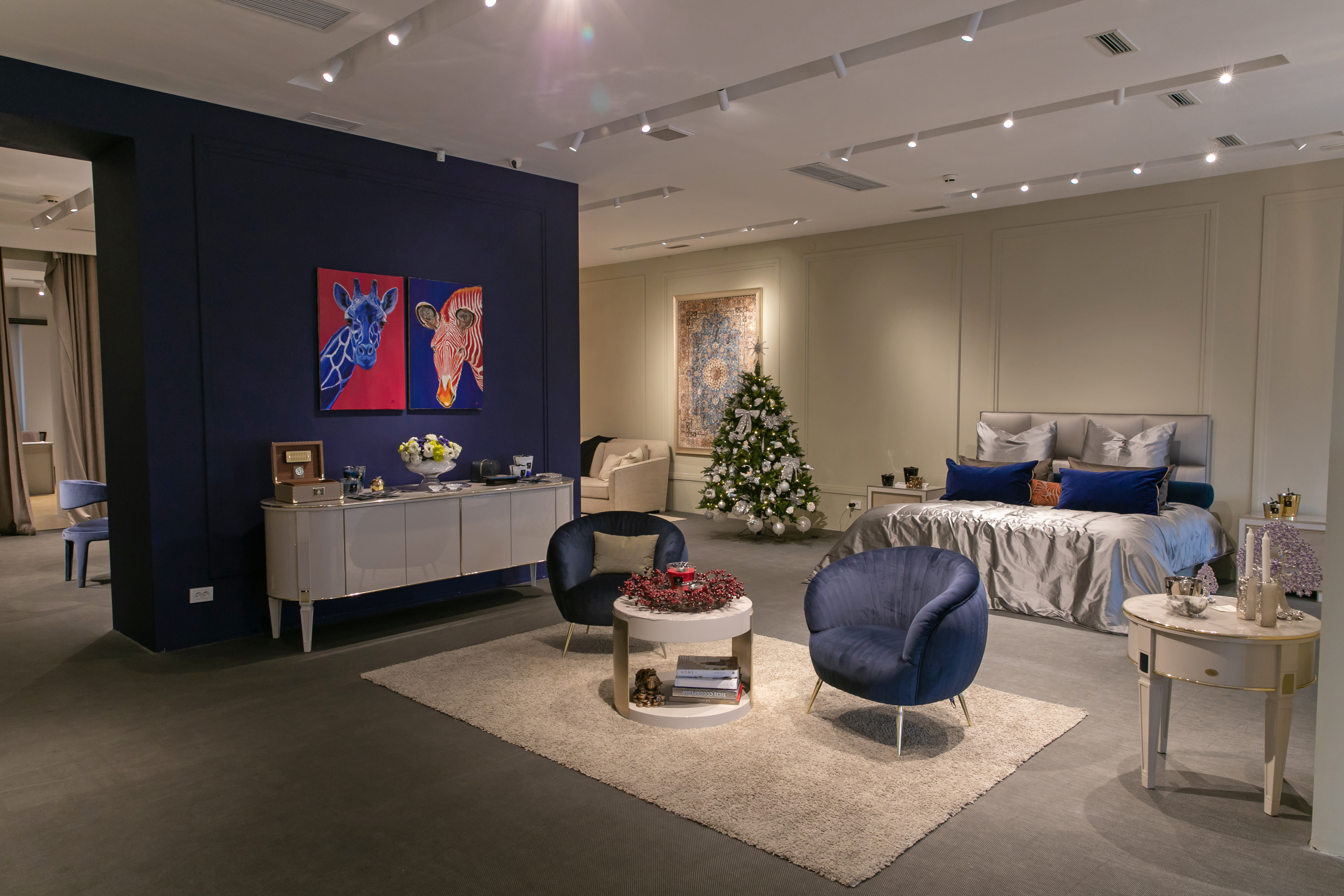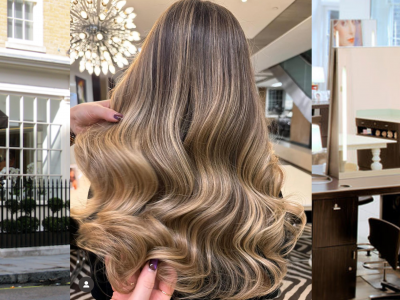Presented by Sarah Bridge
While it takes a certain kind of confidence to make predictions on post-pandemic life with any kind of certainty, Kazakhstani entrepreneur and philanthropist Aida Aliyeva certainly has the courage of her convictions.
"We have seen a revolution in our work and home lives and it would be a mistake to assume that normal service will be resumed once the virus has abated," she says. "I believe that lockdown measures, brought about by governments around the world responding to coronavirus, will have huge long-term implications for us and in particular, what we need from our homes when it comes to furnishing, design, layout, its purpose – the whole nature of what it means to be at home. Everything has changed and what I’m seeing from my clients is that their priority now is to adjust their homes to reflect the new reality, and to do so in a way that will stand the test of time."








